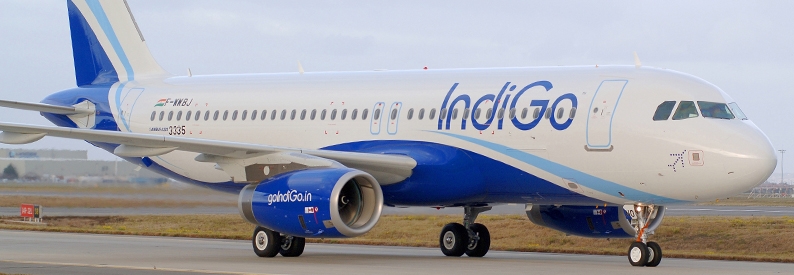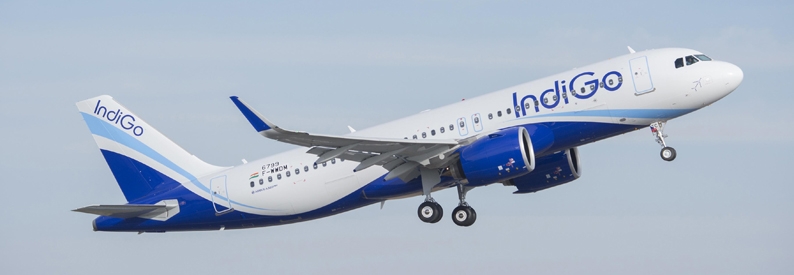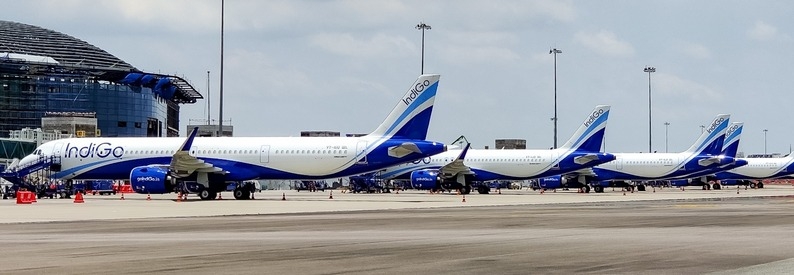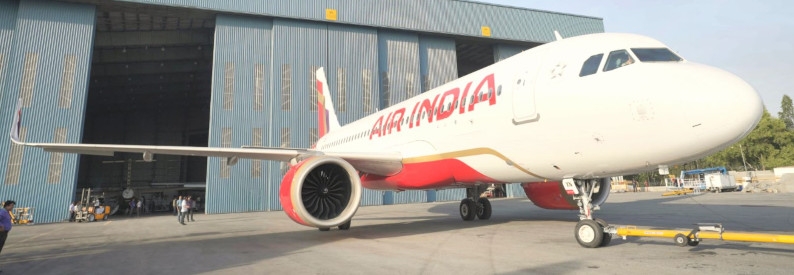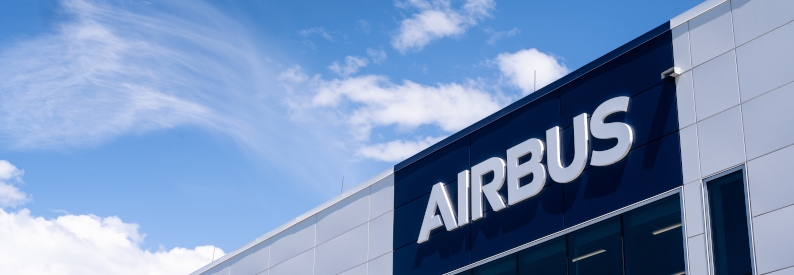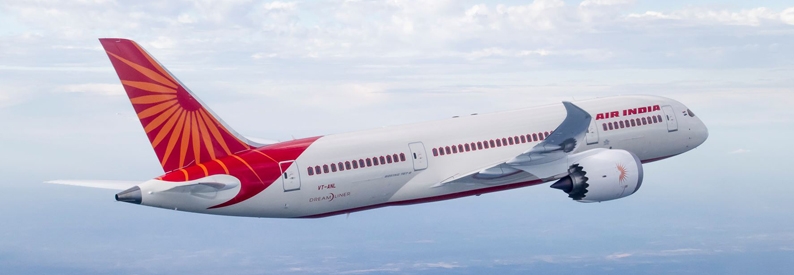IndiGo Airlines (6E, Delhi International) is looking at wet-leasing aircraft, extending leases, and postponing redeliveries to mitigate capacity constraints caused by "supply chain disruptions" in aircraft manufacturing and a subsequent shortage of spare engines worldwide, says Chief Executive Officer Pieter Elbers.
Speaking during a recent earnings call on the airline's 2Q FY2023 results ending September 30, 2022, he said: "One of the key after-effects of the pandemic in the aviation industry is the supply chain disruption in aircraft manufacturing and subsequent shortage of spare engines worldwide. This has affected our operations due to the grounding of aircraft and has impacted our ability to fully deploy capacity productively. However, we are looking at various options to mitigate the shortfalls in our capacity deployment, such as slowing down the redeliveries, exploring the introduction of aircraft into the fleet, and adding capacity on an ACMI basis." He clarified: "One of the things we have been doing is extending some of the leases, postponing some of the redeliveries. And another element which is under discussion - we're still in the final stages of clarifying that - is a possible wet lease operation."
While Elbers did not mention the number of aircraft grounded, an unnamed IndiGo spokesperson told the Press Trust of India (PTI) the airline had around 30 aircraft on the ground. "While it is our immediate priority to deploy adequate capacity to serve our customers, we are actively engaged with our OEM partners to work on mitigation measures that should ensure the continuity of our network and operations," the spokesperson said. "As we work on various cost-efficient counter-measures with our OEM partners, the endeavour is to minimise the economic impact of around 30 AOG (Aircraft on Ground) resulting from this global disruption," the spokesperson added.
The airline's last quarter results showed its capacity increased by 75%, matched by an increase in passenger numbers of 75.9% to 19.7 million.
Elbers told analysts the airline expected the capacity constraints to take some time to resolve. "It will take some time. That's why our capacity guidance for this year is in the range of plus 13% to plus 17% compared to pre-Covid. We're not giving any capacity guidance for next year yet. We would still like to sort of finalise where we are ending this year."
As of September 30, 2022, IndiGo's fleet of 279 aircraft included twenty-six A320-200s, 149 A320-200Ns, sixty-eight A321neo, thirty-five ATR72-600s, and one A321-200(P2F); a decrease of three passenger aircraft during the last quarter.
Elbers said a second A321-200(P2F) freighter would arrive in November and be operational by December 2022. Another two are expected in 2023. "We have two others in the pipeline, which will make it four in total, but the other two are due at the beginning of the next financial year." He added: "These dedicated freighter operations add a new dimension to our existing [belly] cargo operations and offer a new product segment to our customers. These aircraft are on operating leases, similar to our existing Airbus A320 Family. This not only gives an added advantage on our costs but also enables us to uniquely service markets like China, Vietnam, the Middle East, and certain CIS countries [Armenia, Belarus, Kazakhstan, Kyrgyzstan, Russia, and Tajikistan]."
For the quarter ending September 2022, IndiGo reported a net loss of INR15.8 billion rupees (USD194 million) - including a foreign exchange loss of INR12 billion (USD147 million) - compared to a net loss of INR10.6 billion (USD130.4 million) for the quarter ending June 2022. Depreciation of the rupee and higher jet fuel prices continued to be the major headwind for its profitability and remained a concern, said Chief Financial Officer Gaurav Negi.
The airline had total cash reserves of INR196.6 billion (USD2.4 billion), a net increase of 3.1%. It ended the quarter with total debt of INR409.5 billion (USD5 billion), including a capitalised operating lease liability of INR361.3 billion (USD4.4 billion). This, Elbers said, was mainly due to 21 aircraft that had joined the fleet and the incremental foreign exchange impact.
- Type
- Base
- Aircraft
- Destinations
- Routes
- Daily Flights

